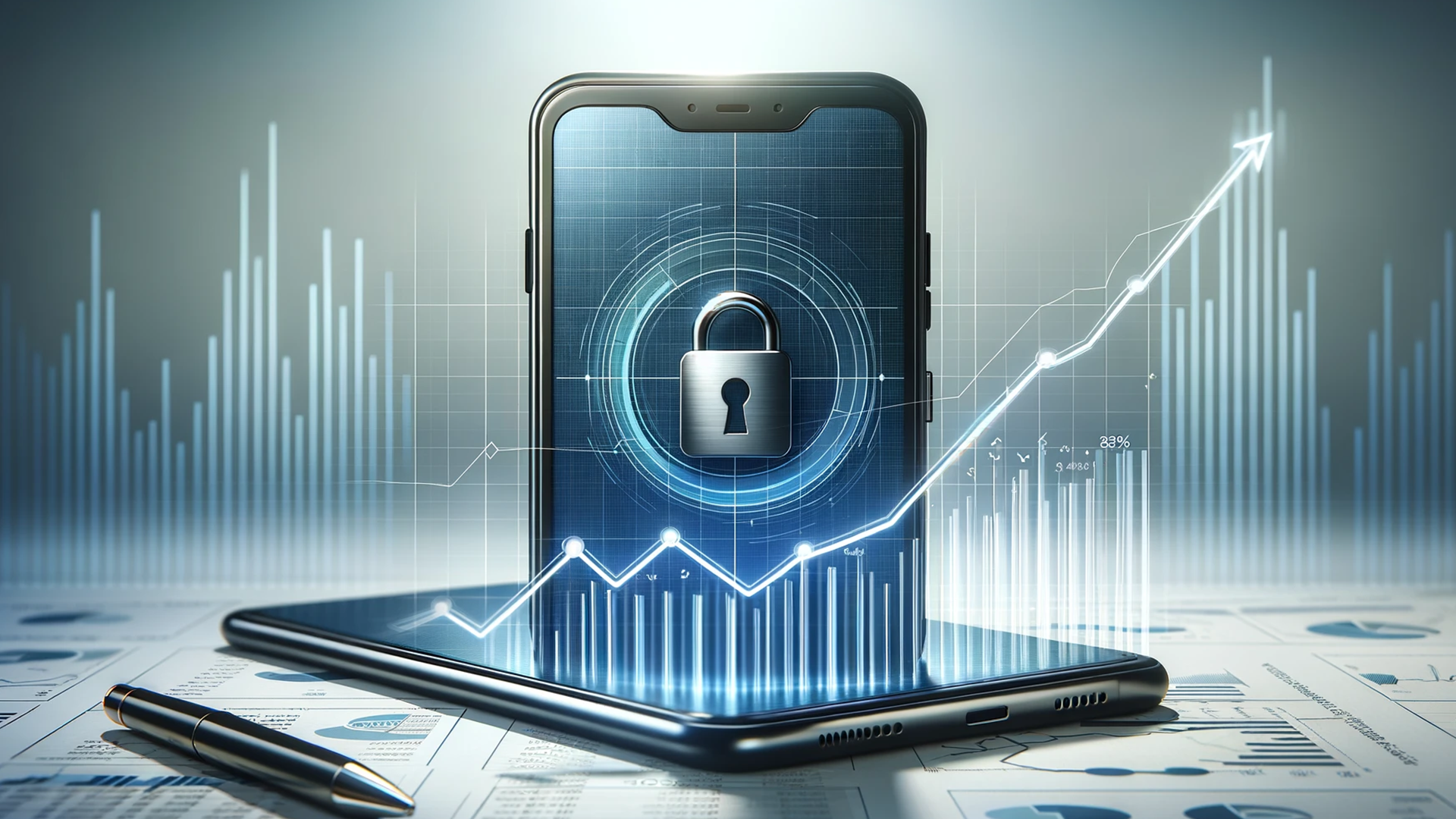The mobile app ecosystem continues to expand, driven by innovation and convenience. However, this growth comes with increased exposure to cybersecurity threats. Protecting sensitive data and ensuring user trust have become paramount for developers, businesses, and consumers alike. Below, we delve into the top cybersecurity trends shaping the mobile app landscape in 2025 and how developers can stay ahead of emerging threats.
1. Increased Focus on App Security in Regulations
Governments and regulatory bodies worldwide are tightening data protection laws. Regulations like the General Data Protection Regulation (GDPR) and the California Consumer Privacy Act (CCPA) have already set strict standards, and similar frameworks are emerging globally. Mobile apps now face stricter scrutiny regarding data collection, storage, and processing practices.
Actionable Tip:
Developers should integrate privacy-by-design principles into app development, ensuring compliance from the outset rather than retrofitting security measures later.
2. Rise of Artificial Intelligence (AI)-Driven Attacks
While AI is a powerful tool for enhancing app functionality, cybercriminals are leveraging it to execute sophisticated attacks. AI-powered malware and phishing schemes can bypass traditional security measures by mimicking legitimate behavior and learning from defenses.
Actionable Tip:
Incorporate AI-based cybersecurity tools to detect anomalies, flag suspicious activities, and adapt to evolving threats in real time.
3. Zero Trust Architecture
The zero-trust model—“never trust, always verify”—is gaining traction as businesses shift toward decentralized networks and cloud-based apps. This approach requires strict identity verification for every access request, minimizing the risk of unauthorized access.
Actionable Tip:
Implement multi-factor authentication (MFA) and use secure identity management frameworks like OAuth 2.0 to ensure robust user authentication.
4. Enhanced Mobile Payment Security
The rise of mobile wallets and contactless payments has made financial data a prime target for attackers. Threats like payment fraud and digital skimming demand enhanced security measures.
Actionable Tip:
Adopt tokenization and end-to-end encryption to secure payment data and comply with PCI DSS standards for payment processing.
5. Biometric Authentication
Biometric security measures such as fingerprint scanning, facial recognition, and voice identification are becoming standard features in mobile apps. While these technologies enhance user experience and security, they are not immune to spoofing or deepfake attacks.
Actionable Tip:
Use multimodal biometric authentication—combining two or more biometric methods—to enhance reliability and reduce vulnerabilities.
6. Real-Time Threat Intelligence
Threat intelligence platforms provide real-time insights into potential vulnerabilities and attack patterns. This proactive approach helps developers address issues before they escalate into major breaches.
Actionable Tip:
Integrate threat intelligence APIs into app security systems to stay updated on emerging threats and automatically deploy countermeasures.
7. 5G and IoT Security Challenges
The widespread adoption of 5G networks and the Internet of Things (IoT) introduces new attack vectors. Faster data transfer speeds and interconnected devices increase the potential for data breaches and network vulnerabilities.
Actionable Tip:
Ensure secure communication protocols like HTTPS, TLS, and WPA3 are implemented and conduct regular firmware updates for IoT-enabled apps.
8. Privacy-Preserving Technologies
Technologies like differential privacy and homomorphic encryption are gaining attention for their ability to analyze data while keeping it secure. These methods help balance the need for personalization with user privacy.
Actionable Tip:
Incorporate privacy-preserving algorithms in apps to enable secure data analytics without compromising user information.
Conclusion
The cybersecurity landscape in mobile apps is constantly evolving. Staying ahead of threats requires a proactive approach, including adopting cutting-edge technologies, adhering to regulations, and fostering a culture of security-first development. By prioritizing these trends, developers and businesses can protect their apps and build lasting trust with their users.
Are you ready to safeguard your mobile app against the latest threats? Partner with cybersecurity experts to stay ahead in this ever-changing landscape.




